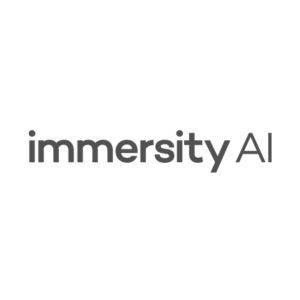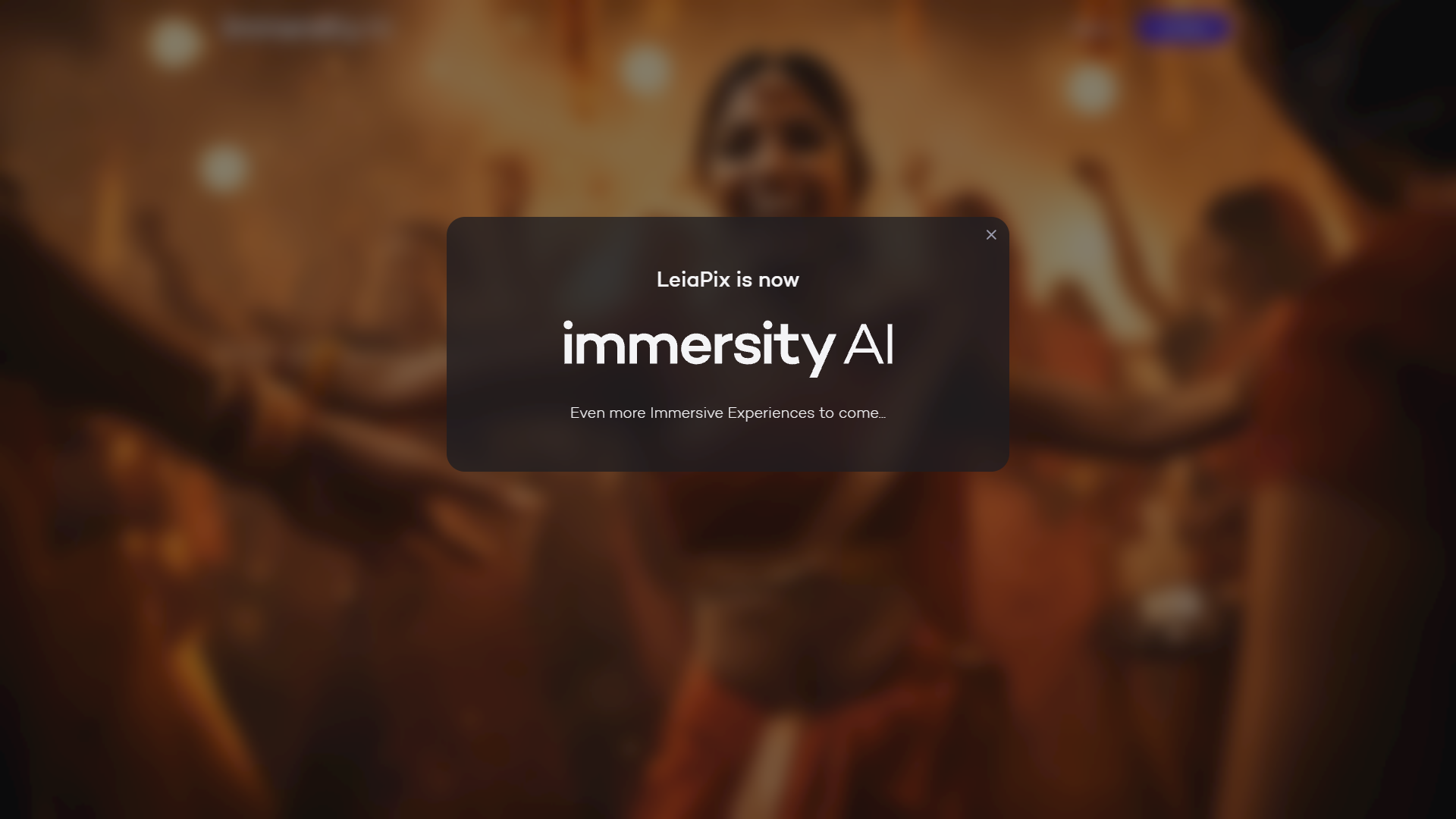Overview
Immersity AI is an innovative platform designed to revolutionize the way images and videos are experienced by transforming them into immersive 3D visuals. This cutting-edge tool leverages the power of its Neural Depth Engine to create precise depth maps from 2D images and videos, enabling users to convert traditional media into dynamic 3D experiences with ease and accuracy. The engine's foundation on a comprehensive dataset of 3D images ensures that users have access to high-quality conversions, complete with full control over the creative process, easy preview options, and reliable performance.
With support for XR devices and advanced features like disparity mapping, depth, and motion editing, Immersity AI provides a robust suite for creators looking to enhance their visual content. The platform is particularly popular among creative professionals and enthusiasts worldwide, boasting a community of over 3 million users who actively share tips and insights on crafting compelling 3D experiences.
Whether for professional use or personal projects, Immersity AI stands out as a user-friendly, technologically advanced solution for anyone looking to elevate ordinary images and videos into captivating, immersive 3D content.
Key features
- Neural depth engine: Utilizes advanced AI to generate precise depth maps from 2D images, enhancing the conversion to 3D with speed and accuracy.
- 3D motion transformation: Converts static 2D images into dynamic 3D animations, allowing for creative and engaging visual storytelling.
- Immersive video conversion: Transforms standard videos into immersive 3D experiences, compatible with various XR devices for enhanced viewer engagement.
- Depth and motion editing: Offers robust editing tools for depth adjustment and motion effects, enabling detailed customization of 3D content.
- User-friendly interface: Designed for ease of use, the platform allows both beginners and professionals to efficiently create immersive content.
- Global creative community: Supports a network of over 3 million users worldwide, providing a platform for learning and sharing immersive content creation techniques.
 Pros
Pros
- Real-time rendering: Offers the capability to render 3D transformations in real-time, significantly reducing the time required for project completion.
- Scalable resolution support: Accommodates various resolutions, ensuring high-quality output whether for mobile screens or large-scale displays.
- Advanced texture mapping: Enhances the realism of 3D models by accurately applying textures to surfaces, improving visual quality and detail.
- Cloud-based collaboration: Enables teams to work together seamlessly from different locations, streamlining the creation process and fostering teamwork.
- Comprehensive format compatibility: Supports a wide range of file formats, making it easy to integrate with existing workflows and software ecosystems.
 Cons
Cons
- Resource intensive: Requires high-performance hardware to efficiently process the advanced AI algorithms, potentially limiting accessibility for users with older systems.
- Limited file compatibility: Supports only specific file formats for input and output, which may require additional conversion tools for some users.
- Complex depth nuances: While the tool provides high accuracy, it may struggle with extremely intricate depth details in complex scenes, affecting the final 3D quality.
- Overwhelming feature set: The extensive range of features can be overwhelming for beginners, despite the user-friendly interface, leading to a steep learning curve.
- Dependency on updates: Continuous software updates are necessary to maintain functionality and compatibility, which might disrupt ongoing projects.












